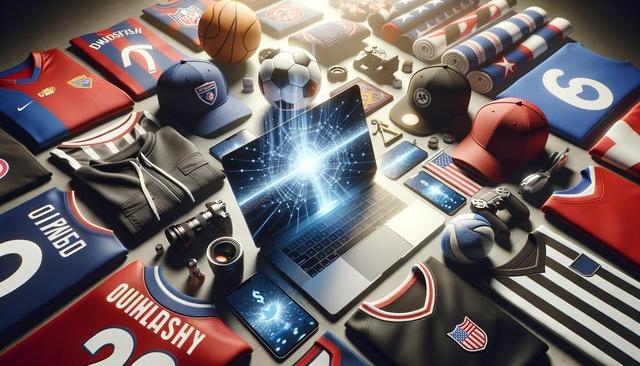How Social Media Is Changing the Way Sports Fans Engage With Teams
The rise of social media has transformed the interaction between sports fans and their favorite teams, creating a dynamic and engaging sports lifestyle.

The Evolution of Fan Engagement Through Social Media
In recent years, the advent of social media platforms has revolutionized the way sports fans engage with their favorite teams. This evolution has led to a more interactive and personalized fan experience. Platforms like Twitter, Instagram, and Facebook offer fans a direct line to teams, players, and other supporters, fostering a sense of community that extends beyond geographical boundaries. Fans can now follow live updates, participate in discussions, and express their opinions in real time. This shift has significantly enhanced the level of engagement, allowing fans to feel more connected to the sports they love.
Social media has also democratized the sports fan experience. No longer confined to attending games or watching broadcasts, fans can now access a wealth of content, including behind-the-scenes footage, exclusive interviews, and live-streamed events, all from the comfort of their homes. This accessibility ensures that fans worldwide can stay informed and involved, regardless of their physical proximity to the action. The interactive nature of social media also allows fans to participate in polls, contests, and fan-driven initiatives, further deepening their connection to teams and athletes.
Merchandise: A New Avenue for Fan Expression
Merchandise has always been a key aspect of sports culture, enabling fans to showcase their loyalty and support for their teams. With the integration of social media, merchandise has taken on a new dimension, becoming a vital tool for fan expression and identity. Teams frequently use social media to launch new merchandise lines, create buzz around limited-edition items, and engage fans with exclusive offers. This has allowed fans to proudly display their allegiance through a variety of products, from jerseys and caps to unique collectibles.
Furthermore, social media platforms offer fans the chance to share their merchandise collections with a global audience. Through hashtags and fan groups, supporters can connect with like-minded individuals, discuss their favorite items, and even swap or sell merchandise. This exchange fosters a sense of belonging and community, as fans find common ground through their shared passion for sports memorabilia. Merchandise has thus evolved into more than just a means of support; it is now a way for fans to express their personal style and connect with a larger community.
The Impact of Social Media on Team Branding
Sports teams have embraced social media as a powerful tool for branding and marketing. Through strategic use of these platforms, teams can craft a compelling narrative that resonates with fans and enhances their brand identity. Social media allows teams to showcase their values, highlight community involvement, and celebrate achievements, all while engaging directly with their fan base. This direct communication fosters loyalty and trust, as fans feel more connected to the teams they support.
Teams also leverage social media to reach new audiences and expand their fan base. By creating engaging content that appeals to a diverse demographic, teams can attract followers from around the world. This global reach not only boosts the team’s visibility but also opens up new opportunities for partnerships and sponsorships. In an increasingly digital world, a strong social media presence is essential for teams looking to maintain their relevance and appeal in the competitive sports industry.
Challenges and Opportunities in the Digital Age
While social media presents numerous opportunities for fan engagement and team branding, it also poses certain challenges. The real-time nature of social media means that teams must be vigilant in managing their online presence, responding promptly to fan inquiries, and addressing any negative feedback. This requires a dedicated team of social media managers who can navigate the fast-paced digital landscape and uphold the team’s reputation.
Privacy and security are also major concerns, as teams and fans alike must safeguard their personal information from potential threats. Despite these challenges, the benefits of social media far outweigh the risks, offering unprecedented opportunities for interaction and connection. Teams that effectively harness the power of social media can cultivate a loyal and engaged fan base, ultimately driving success both on and off the field.
Conclusion: The Future of Sports Fan Culture
The integration of social media into the sports lifestyle has fundamentally changed the way fans engage with their favorite teams. It has created a more inclusive and interactive environment, where fans can connect, express themselves, and feel a sense of belonging within a global community. As social media continues to evolve, it will undoubtedly play an even more significant role in shaping the future of sports fan culture.
For fans, this means endless possibilities to engage with the sports they love, whether through participating in live discussions, showcasing their merchandise collections, or supporting their teams’ branding efforts. The future of sports fan culture is bright, with social media serving as a powerful catalyst for connection and engagement. As the digital landscape continues to expand, it will offer new and exciting ways for fans to celebrate their passion for sports and strengthen their ties to the teams they adore.